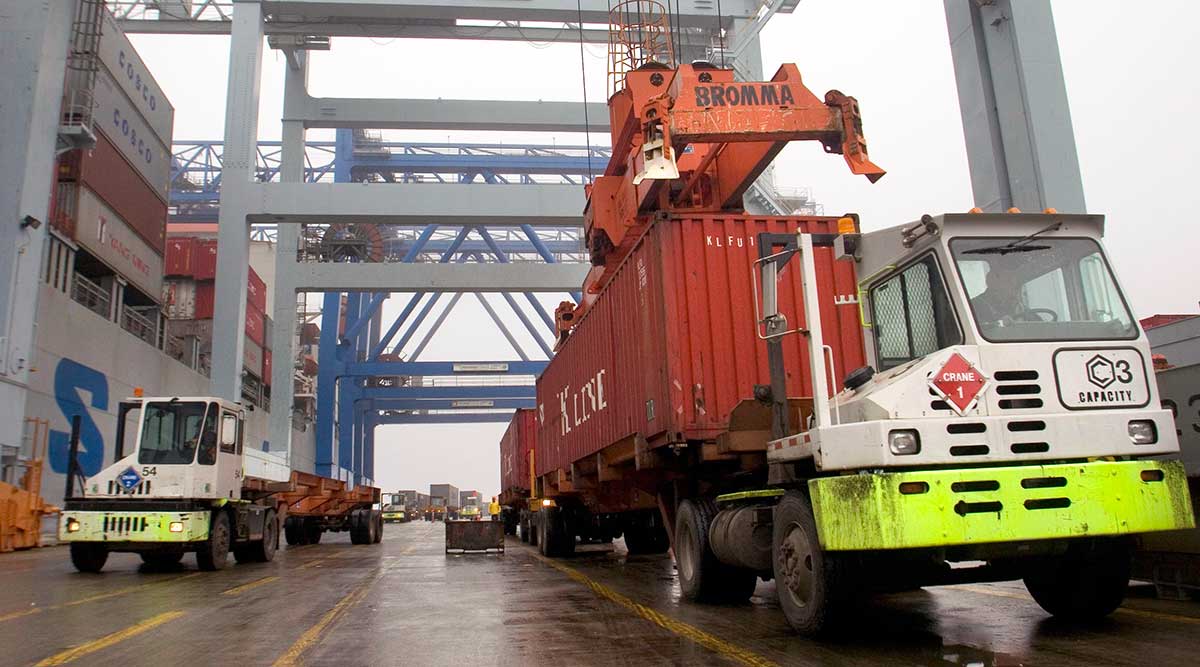New England Ports Plot Course to Deal With Changing Shipping Industry

SMITHFIELD, R.I. — Cargo ships are growing. Shipping rates have plunged. Ports are expanding across the East Coast.
What do those and other changes mean for New England ports and Rhode Island businesses?
That was one of the questions industry experts mulled May 24 at Bryant University's World Trade Day.
"If New England ports continue to focus on areas where they have a competitive advantage, there is a bright future for them," John Reeve, president and founder of Reeve & Associates, a consulting firm focused on the shipping industry, told conference attendees at the event presented by the Chafee Center for International Business.
That optimism was tempered by some challenges.
The rise of natural gas as an energy source has reduced demand for shipments of oil and coal, two materials the Port of Providence traditionally relied on.
And short-sea shipping, moving smaller cargo shipments between major ports instead of trucking them, has not become economical even after years of hype.
But members of the panel on New England's Global Infrastructures, including executives from ProvPort Inc., the Quonset Development Corp., the Connecticut Port Authority and the Massachusetts Port Authority, are looking to deal with the challenge through growth.
"We are seeing the effects of the downturn in coal and are making concerted efforts to diversify," said Chris Waterson, general manager of Waterson Terminal Services, which runs ProvPort.
Specifically, ProvPort has grown its trade in cement, wind-energy cargo and exports of used cars.
Last fall, Rhode Island voters approved a $70-million bond including $20 million to expand ProvPort and $50 million to rebuild piers at Quonset's Port of Davisville.
Waterson said officials are still in talks with prospective tenants and land owners regarding the ProvPort expansion and nothing is imminent.
That's not the case in Boston, where MassPort Port Director Lisa Wieland described hundreds of millions of new public investments her counterparts in Rhode Island and Connecticut can only dream about.
They include a $42-million federal grant (from the same FASTLANE program Rhode Island tried to tap for routes 6 and 10) to build a freight corridor, a $350-million harbor dredging and more than $200 million to build new shipping births and acquire new cranes.
Connecticut Port Authority Executive Director Evan Matthews said his state is focused on alleviating congestion on Interstate 95, one of the country’s top cargo choke points.

